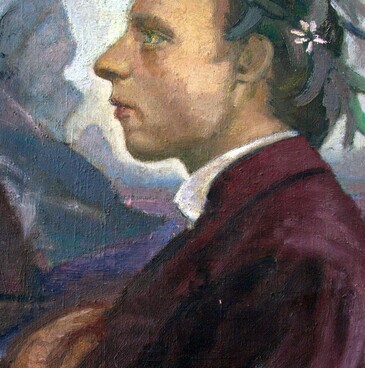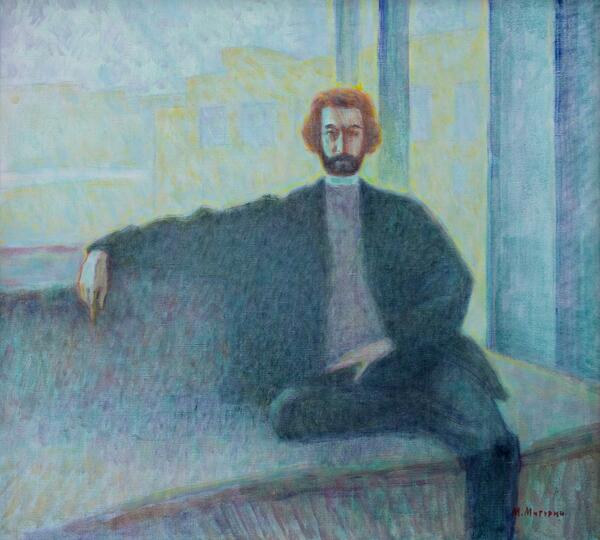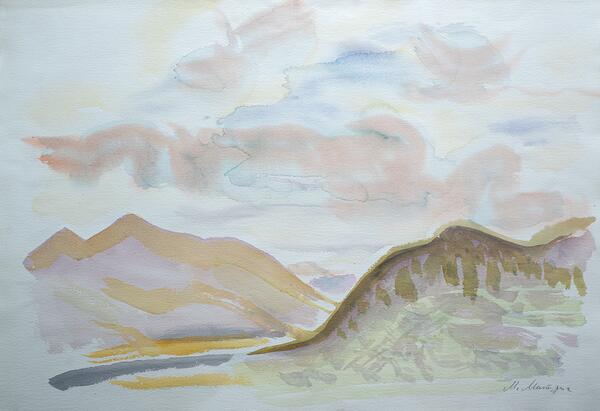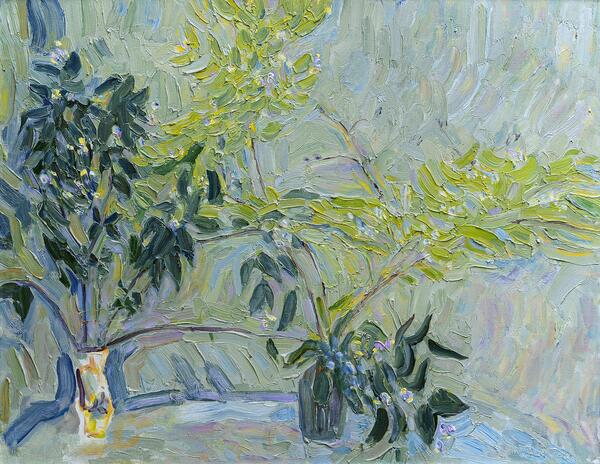The hereditary artist May Petrovich Miturich-Khlebnikov graduated from the Polygraphic Institute in Moscow in 1953 and at first was engaged in general book design. However, by 1956 he had already abandoned it in favor of creating illustrations for children’s literature.
He favored works for children as an illustrator as they provided an opportunity to fantasize and work in color, which books for adults usually did not. In many ways, Miturich-Khlebnikov followed the traditions of the Leningrad school of the 1920s and 1930s, rapidly forming a personal recognizable style.
In total, the artist designed over one hundred books for children, and at the same time, as he himself admitted, almost every time he “worked painfully hard” on developing a unique atmosphere for each story. The drawings rejected by him were thrown out or made into postcards.
The search for new things was an important part of Miturich-Khlebnikov’s professional career. As the art critic Ella Zinovievna Gankina states, in 1961–1963 he began to combine watercolor, crayons, quill drawing and gouache in his works. He partially filled his pencil or quill contours with “pure, bright color”.
The artist was not interested in making a “word-for-word translation of the text into the language of graphics”, but set himself the task of creating a pictorial “equivalent of a literary image”. His illustrations, be it wildlife or fairy-tale characters, are distinguished by a special soft manner of painting, good humor, and a fitting color scheme that accurately conveys the mood. With no aspirations to dominate this field, May Miturich-Khlebnikov became one of the most prominent children’s illustrators.
“Mukha-Tsokotukha” (“Buzzy-Wuzzy Busy Fly”) is a soft cover notebook designed in the style of the publishing house “Malysh”. The funny drawing on the cover not only anticipates the plot, but also creates an image of the whole book. The characters — the hussar-mosquito, the young lady-fly, all kinds of “bugs and cockroaches” — resemble not so much real insects but rather fabulous elves.
In an interview from the early 2000s, the artist expressed the belief that “illustrations in a children’s book are a museum for little ones, ” for those who are unable to visit museums. He assigned the noble mission of artistic education to high-quality “pictures”.





